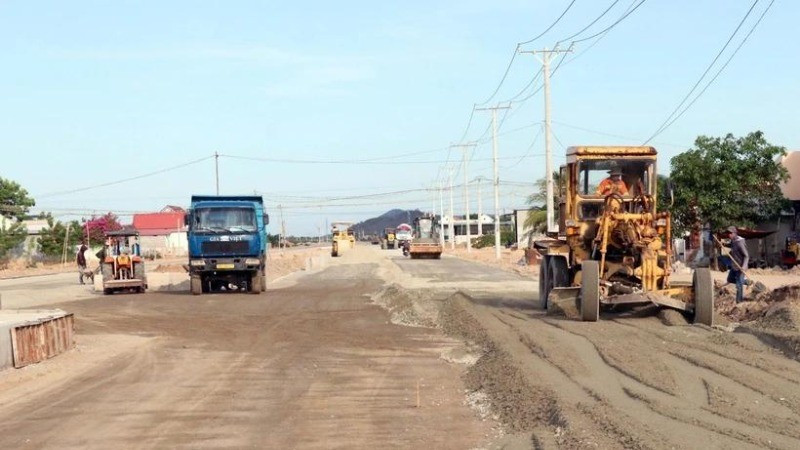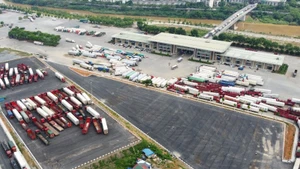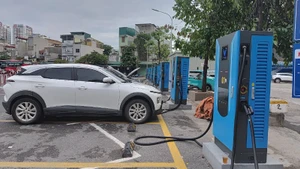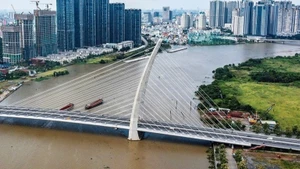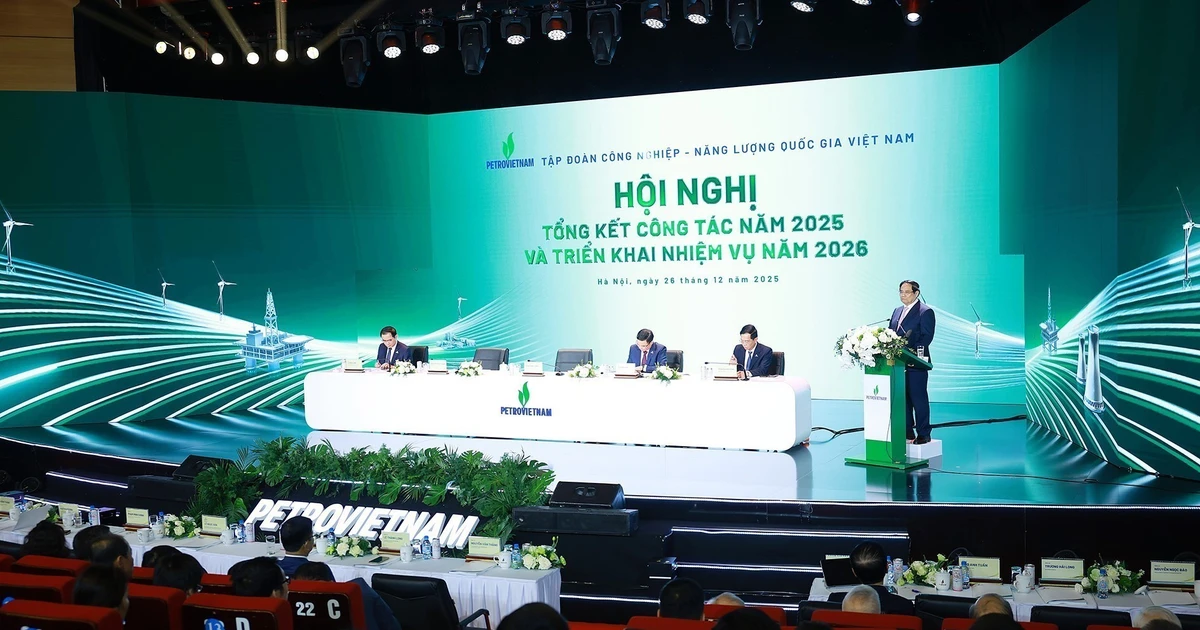In 2025, the total public investment plan from the state budget is more than 1.09 quadrillion VND, of which nearly 885 trillion VND was allocated by the Prime Minister, with the remainder comprising local balancing funds and funds carried over from the previous year. To date, nearly 987.5 trillion VND has been allocated, reaching over 95% of the plan assigned by the Prime Minister.
However, more than 38.4 trillion VND remains unallocated in detail, mainly sectoral capital and capital for national target programmes. Faced with this situation, the government has submitted a proposal to the National Assembly Standing Committee to reallocate part of the capital to ministries, sectors, and localities with urgent needs, while requesting that the Ministry of Finance continue reviewing the unallocated capital for adjustment in the near future.
In terms of disbursement progress, over 434 trillion VND was disbursed in the first eight months, equivalent to 39.79% of the plan. Specifically, 409.1 trillion VND was disbursed from the 2025 plan, reaching 46.3% of the level assigned by the Prime Minister, higher than the same period in 2024. This is a positive sign, but the growth rate slowed compared to July, creating significant pressure for the remaining months of the year if the set targets are to be achieved.
The government and the Prime Minister have repeatedly emphasised that public investment disbursement is not only a financial task but also an important driver of growth, resolving infrastructure bottlenecks, creating jobs and generating spill-over effects for the economy. Directives, instructions, and resolutions issued since the beginning of the year have all required ministries, sectors, and localities to treat this as a top political priority that must be closely directed.
To accelerate public investment disbursement, specific solutions have been identified: promptly allocating all remaining capital before September 30; focusing on removing obstacles in site clearance — which is currently considered the biggest “bottleneck”; completing mechanisms on decentralisation and delegation of authority suitable for the two-tier government model; and thoroughly addressing overlaps in approval and settlement authority. The aim is to achieve a minimum disbursement rate of 60% of the plan assigned by the Prime Minister by the end of the third quarter. For national key projects, especially in the transport sector, the government requires acceleration to complete at least 3,000 km of expressways and 1,000 km of coastal roads within 2025.
In parallel, projects using ODA capital must quickly finalise investment procedures, bidding and contract signing; localities must proactively manage revenues and promptly propose supplements in case of shortfalls to avoid capital shortages for implementation. Strict compliance with reporting regulations and updating data on the national public investment information system is also considered mandatory, serving as a basis for monitoring and evaluating the accountability of each unit.
If these solutions are implemented in a decisive and synchronous manner, public investment disbursement progress will soon improve, laying the groundwork to achieve the year’s goals and generating positive spill-over effects across many socio-economic sectors.
